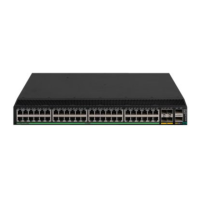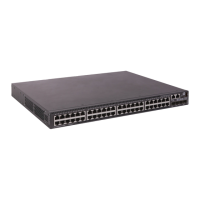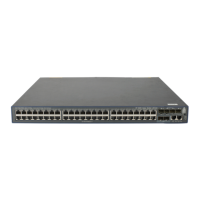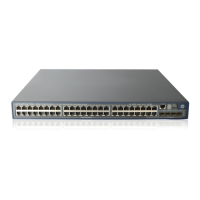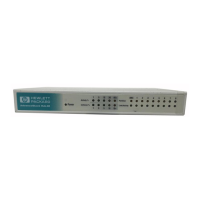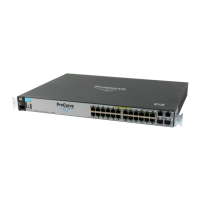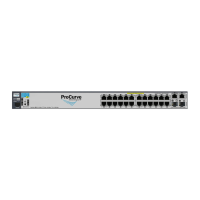239
Figure 60 Network diagram
Procedure
1. Enter system view.
N/A
2. Enter BGP instance view.
bgp
as-number [
instance
instance-name ]
N/A
3. Configure BGP to first
send updates of the
default route.
default-route update-first
By default, BGP does not first send
updates of the default route.
Limiting routes received from a peer or peer group
This feature can prevent attacks that send a large number of BGP routes to the router.
If the number of routes received from a peer or peer group exceeds the upper limit, the router takes
one of the following actions based on your configuration:
Tears down the BGP session to the peer or peer group and does not attempt to re-establish the
session.
Continues to receive routes from the peer or peer group and generates a log message.
Retains the session to the peer or peer group, but it discards excess routes and generates a log
message.
Tears down the BGP session to the peer or peer group and, after a specific period of time,
re-establishes a BGP session to the peer or peer group.
You can specify a percentage threshold for the router to generate a log message. When the ratio of
the number of received routes to the maximum number reaches the percentage value, the router
generates a log message.
To limit routes that a router can receive from a peer or peer group (IPv4 unicast/multicast address
family):
Device A
Device B
Device C Device D
Device E
Internet

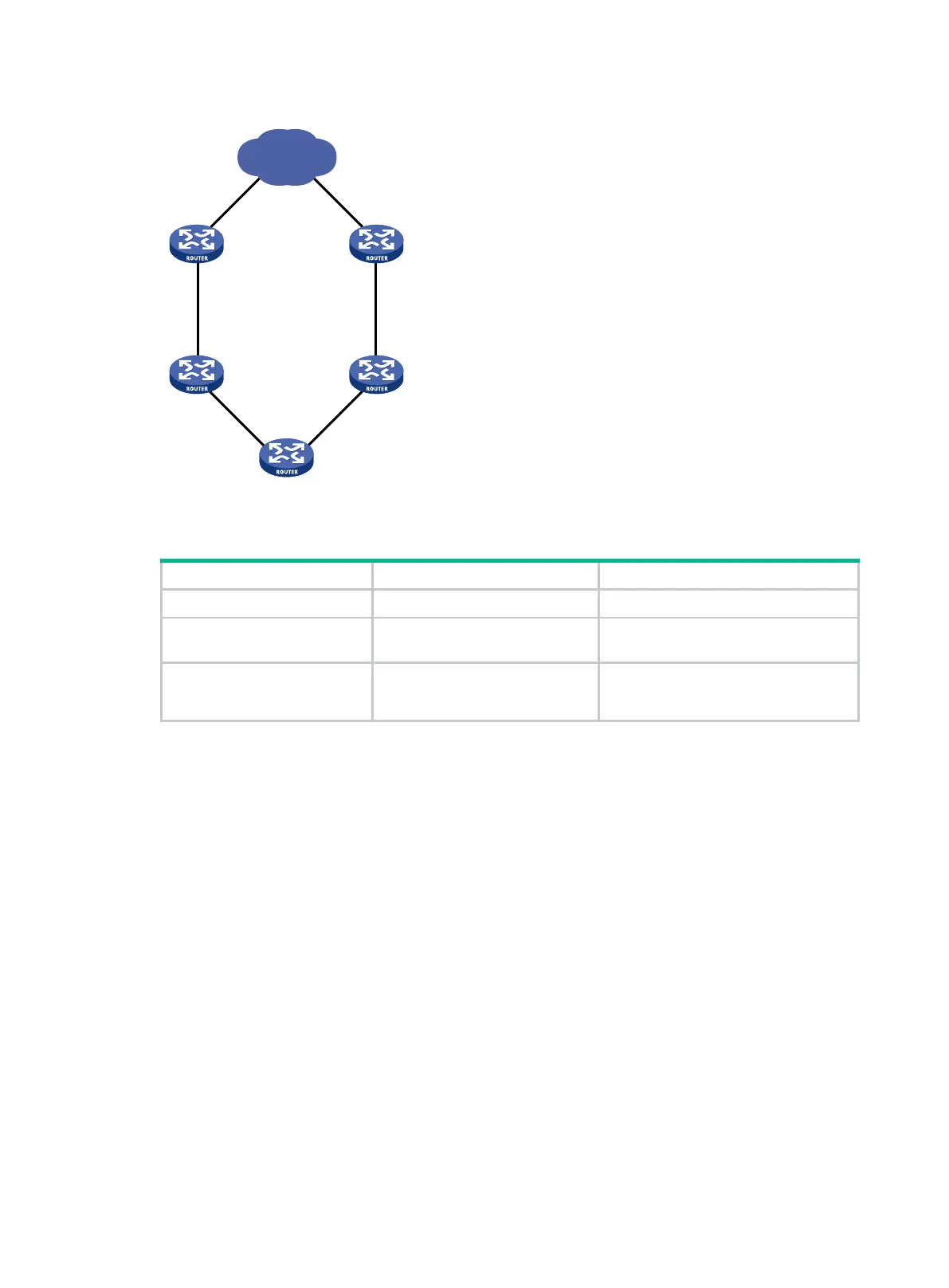